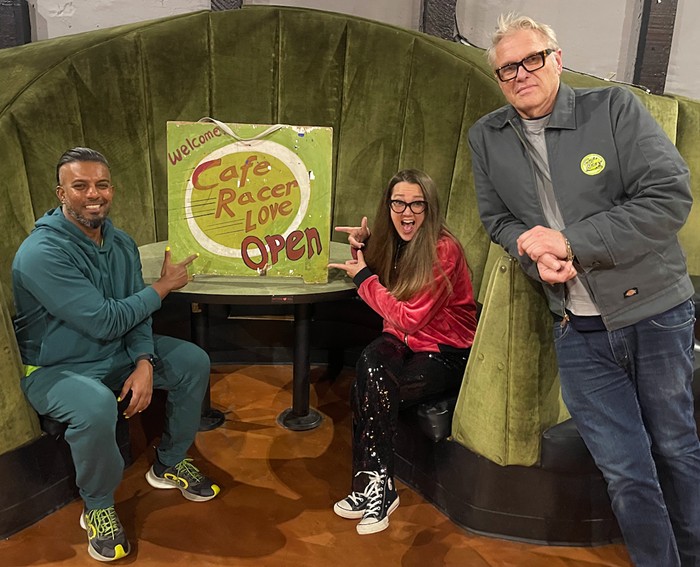The month of February—likely the last full month of the Seattle Post-Intelligencer's existence as a print newspaper—began with a number of unanswered questions about the intentions of the P-I's owner, Hearst Corporation.
On January 9, Hearst had announced that it would be putting the P-I up for sale and then closing down the paper's print edition in the (highly likely) event that no buyer emerged. However, almost immediately, people started asking questions.
Is this just a part of some grand plot for Hearst to save money, bide time, and ultimately purchase the struggling Seattle Times from the Blethen family?
If not, is Hearst still going to make its scheduled $1 million payment to the Seattle Times Company to retain its right of first purchase to buy the Times if it is put up for sale?
What is Hearst's plan for the P-I's website if the print edition ceases to exist?
Local reporters tried, and failed, to get answers to these questions. The Committee for a Two-Newspaper Town, a group that sprang up during an earlier phase of the Times versus P-I drama to lobby to keep both papers in business, tried to get answers, too—and fared much better. On February 4, in response to a letter from the committee, Hearst general counsel Eve Burton shed some light on two of the queries.
"We are not considering an acquisition of the Seattle Times," Burton wrote, repeating a position that some had been reluctant to believe. She continued: "Accordingly, Hearst has not, and will not, be making the final payment under our 'Right of First Purchase' agreement."
That seems to answer questions one and two; if Hearst was really desperate to buy the Times, it would have made the $1 million payment. (Although, the way the newspaper industry is going, if the Times were put up for sale anytime soon, Hearst wouldn't need any sort of special status to get to the front of the line—in fact, there probably wouldn't be any line at all. So it's probably more accurate, or at least less credulous, to say it only answers the questions for now.)
As for question three, Burton remained cryptic. "In regard to the question about whether Hearst will maintain a web-only operation, we are still studying that possibility and no decision has been made," she wrote.
"However," she added, "if we were to move forward in this direction, we would do so outside the [joint operating agreement]," the arrangement by which the Seattle Times Company performs most of the business and distribution functions for the P-I. This answered another question that had been floating around: Would Hearst cause trouble in the joint operating agreement by trying to claim that an online-only newspaper was still a newspaper, and that therefore the agreement should continue absent a printed P-I?
Still, even with that matter resolved, the basic question about a possible online-only P-I remains: Will it happen? On February 5, a P-I writer with a strong interest in finding a buyer for his newspaper leaked an e-mail to The Stranger that showed the P-I's blogs receiving record traffic for the month of January—even as its print edition seemed destined to die. The writer's hope seemed to be that the traffic figures (2.8 million page views for the blogs alone) would entice some wealthy civic do-gooder to step forward and purchase the P-I from Hearst and keep the paper printing. But the figures also underscored the likelihood that Hearst itself will try to do something new with the P-I's online presence after the paper's likely demise. After all, in these internet-centric days, that's a lot of traffic to walk away from. ![]()



















